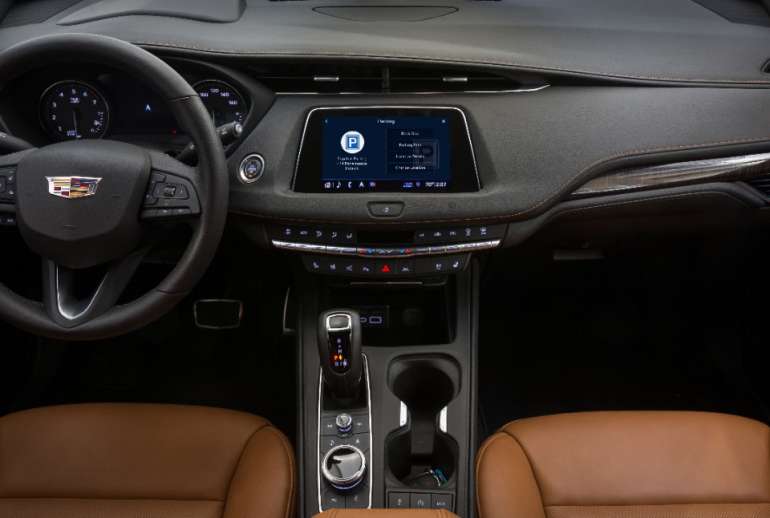In the Audi product scheme, its most potent and best-performing models wear the RS badge. If the vehicle in the images below looks familiar, the last time it was seen was in concept form. The car here is the official production 2022 RS e-tron GT, also available in a less powerful e-tron GT flavor.
The e-tron GT has two permanently excited synchronous motors, with one positioned on each axle. The smaller front motor makes 235 horsepower, while the rear motor produces 316 horsepower for a combined 470 horsepower and 454.7 pounds-feet of torque. The standard e-tron GT can produce 523 horsepower for 2.5 seconds in over-boost and launch control mode.
When configured for the most power, the standard GT can reach 60 mph in 3.9 seconds and a top speed of 152 mph. The more powerful RS e-tron GT uses the same front motor as the standard version but offers a rear motor that produces 450 horsepower for a combined output of 589 horsepower and 612 pound-feet of torque. The RS car also offers over-boost, pushing the output to 637 horsepower.
The RS version can reach 60 mph in 3.1 seconds and a top speed of 152 mph. The GT version has standard three-chamber air suspension with 60 percent greater capacity for more flexibility in finding a balance between ride height and comfort. The body can be raised 0.8 inches higher than standard or 0.9-inches lower.
The RS version has rear wheels able to turn up to 2.8-degrees in the opposite direction providing more maneuverability and better handling. RS versions also gets a standard rear-axle differential lock, which is optional on the standard GT. E-tron GT models sold in the US will use a 93.4 kWh lithium-ion battery pack promising somewhere between 248 and 280 miles of driving range, with final EPA figures coming later. The standard e-tron GT starts at $99,900, with the RS version going for $139,900.
The e-tron GT has two permanently excited synchronous motors, with one positioned on each axle. The smaller front motor makes 235 horsepower, while the rear motor produces 316 horsepower for a combined 470 horsepower and 454.7 pounds-feet of torque. The standard e-tron GT can produce 523 horsepower for 2.5 seconds in over-boost and launch control mode.
When configured for the most power, the standard GT can reach 60 mph in 3.9 seconds and a top speed of 152 mph. The more powerful RS e-tron GT uses the same front motor as the standard version but offers a rear motor that produces 450 horsepower for a combined output of 589 horsepower and 612 pound-feet of torque. The RS car also offers over-boost, pushing the output to 637 horsepower.
The RS version can reach 60 mph in 3.1 seconds and a top speed of 152 mph. The GT version has standard three-chamber air suspension with 60 percent greater capacity for more flexibility in finding a balance between ride height and comfort. The body can be raised 0.8 inches higher than standard or 0.9-inches lower.
The RS version has rear wheels able to turn up to 2.8-degrees in the opposite direction providing more maneuverability and better handling. RS versions also gets a standard rear-axle differential lock, which is optional on the standard GT. E-tron GT models sold in the US will use a 93.4 kWh lithium-ion battery pack promising somewhere between 248 and 280 miles of driving range, with final EPA figures coming later. The standard e-tron GT starts at $99,900, with the RS version going for $139,900.








